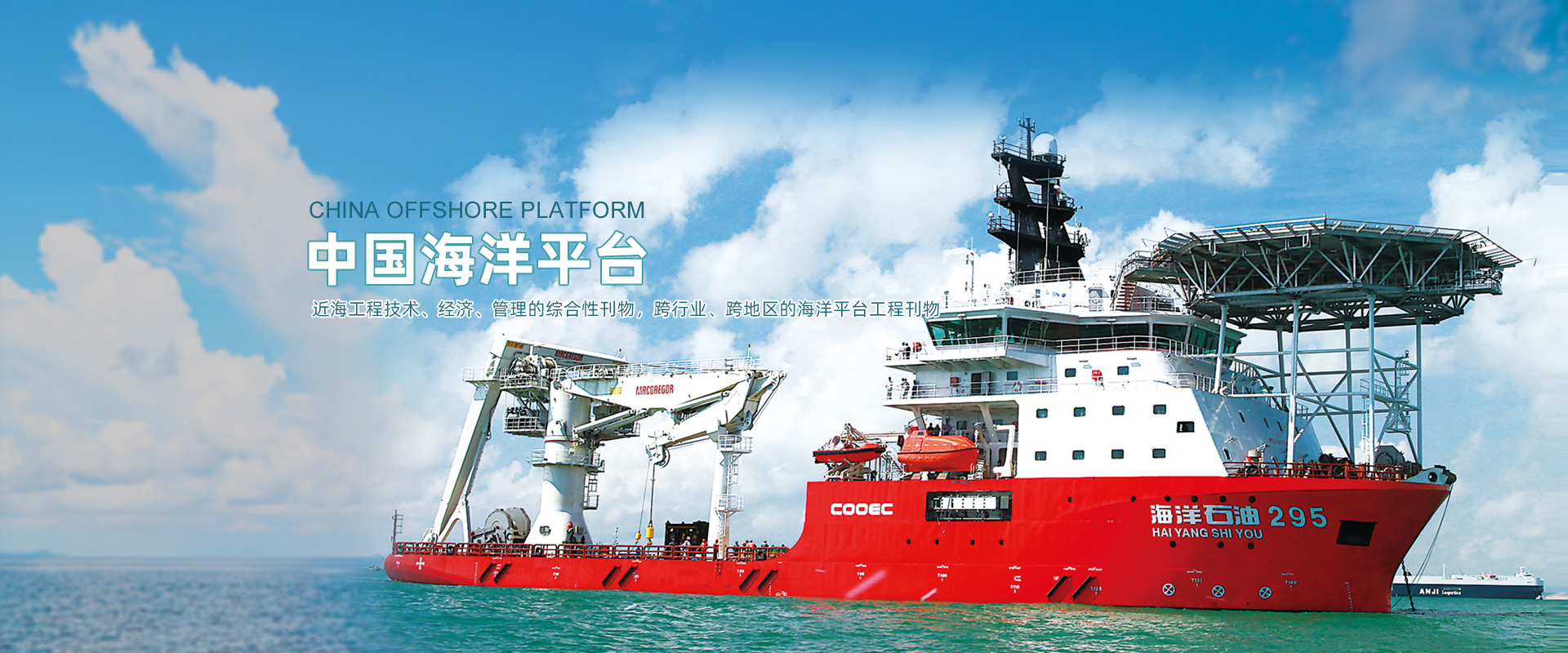Abstract:The wave glider is a novel type of low-speed, underactuated unmanned maritime vehicle. During operation, the existing flat tether experiences bending and twisting, which increases the frontal area exposed to the flow, thereby raising the system drag. To address this issue and improve the platform's motion performance, three cross-sectional designs for the tether were developed. A research methodology combining bidirectional fluid-structure interaction numerical simulations and towing tank experiments was employed to investigate the drag characteristics of each tether design under different tension conditions at a typical cruising speed of 0.6 m/s. The results indicate that in numerical simulations, compared to the existing flat tether, the streamlined tether reduced forward drag by 55.2% under an 800 N tension condition and decreased maximum displacement along the flow direction by 89.2% under a 200 N tension condition. The wake flow was stable, with no significant vortex formation. In experiments, the streamlined tether reduced drag by 67.3% compared to the flat tether under a 200 N tension condition, exhibited minimal bending, no significant twisting, and maintained a stable motion posture.
